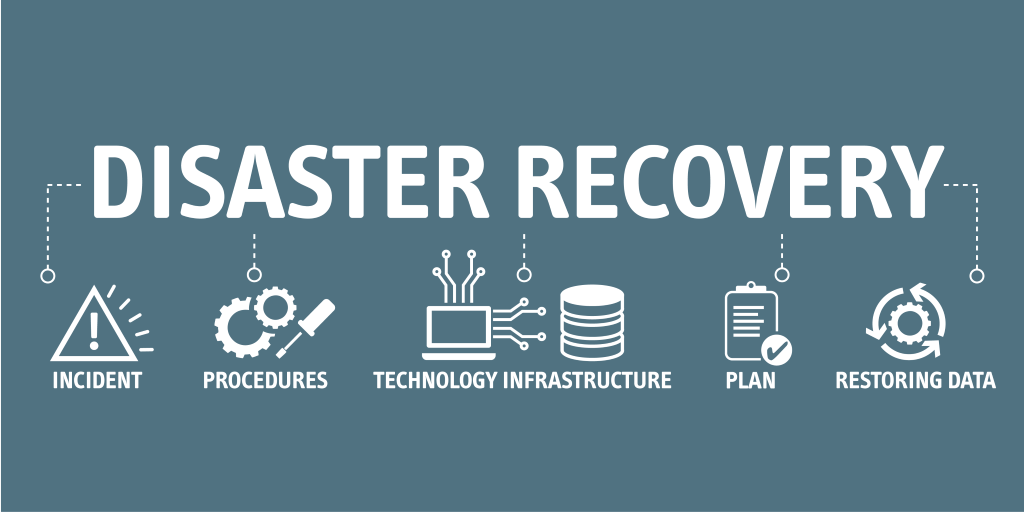The most severe disasters are hard to predict but not impossible to prepare for. This blog discusses some of the most recent severe weather disasters, how they have impacted vital business records, and what we can learn from them. A tool used by records managers to anticipate and prepare for disasters is the Seven Classes of Disasters chart. Has your business been impacted by one of the disasters in the Seven Classes of Disasters[ii] chart below?

Examples of Type 2 Disasters: Earthquakes, hurricanes, tornados, and fires
Hurricane Katrina
On August 29, 2005, Hurricane Katrina hit Louisiana. It is considered one of the most devastating hurricanes in U.S. history because of the volume of destruction, flooding, and loss of life. Businesses throughout the state were disrupted or completely destroyed and many found they could not access their properties for weeks due to flooding.[i]
What we learned:
According to the Society of American Archivists, “[a]lthough many record keepers were proactive in their attempts to protect records, almost no one foresaw the scale of Katrina’s devastation, and most attempts fell far short of necessary measures.”[ii] It could take days or weeks to be able to return to your business to retrieve and salvage records. These records could be critical in proving an insurance claim or receiving aid from federal agencies.
Camp Fire
November 8, 2018, California experienced the deadliest and most destructive wildfire in the state’s history. The fire consumed the entire town of Paradise within the first six hours. An estimated 95 percent of the town’s buildings were lost in the fire. When the fire began, the residents of Paradise had only minutes to evacuate their homes and businesses.[iii]
What we learned:
A whole town was destroyed along with countless records. Even if some records are untouched by fire, there is a good chance they may be destroyed by firefighters’ efforts to extinguish the fire. Some records, while physically intact, may also have lasting smoke damage.
Examples of Type 3 and 4 Disasters: Water and wind damage, power outages
2021 Flooding in New York
In September 2021, New York was hit with torrential rainfall and damaging winds leading to catastrophic flooding. Buildings, highways, subways, and the airport were completely submerged or impacted by flood waters. Damaging winds impacted thousands with power outages for several days.
What we learned:
While some of your records may survive a flood, they may not survive subsequent mold growth. Flooding also could mean access to your building is limited or impossible due to highways and roads being shut down. Loss of power could limit your access to your records and could cause loss of data and corruption.
How to avoid loss of records
- Be familiar with what natural disasters are most likely hit your area.
- Have a disaster preparedness and recovery plan that considers these types of disasters.
- Back up computerized records regularly.
- Store critical records in a safe location off-premises.
- Back-up records securely to the cloud.
Contact Zasio today to learn how our Versatile technology solutions and Consulting services can help you manage your records.
[ii] Mary F. Robek, Gerald F. Brown, & David O. Stephens, Information and Records Management, Document-Based Information Systems (1st Ed. 1996). Page 71, Table 4.1.
[iii] https://britannica.com/event/Hurricane-Katrina
[iv] https://www2.archivists.org/news/2005/report-of-hurricane-katrina-damage-assessment
Disclaimer: The purpose of this post is to provide general education on Information Governance topics. The statements are informational only and do not constitute legal advice. If you have specific questions regarding the application of the law to your business activities, you should seek the advice of your legal counsel.

Author: Heather Houle, CRA
Senior Research Analyst / Certified Paralegal

